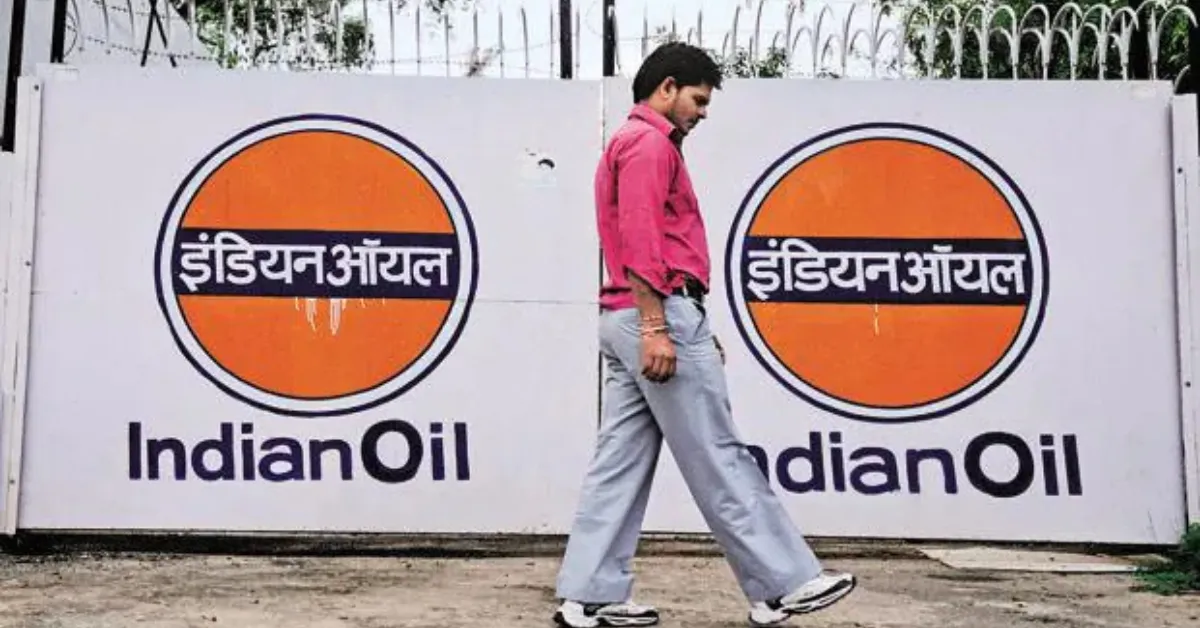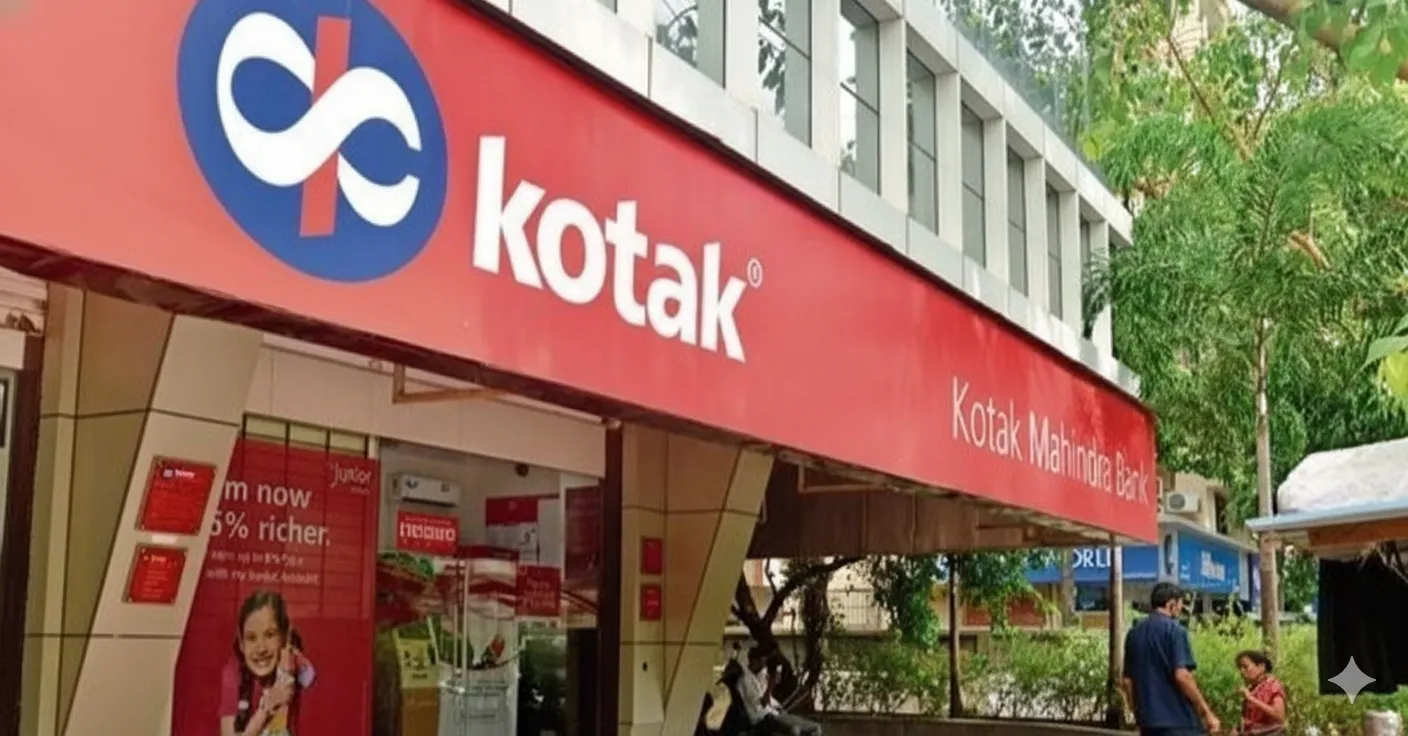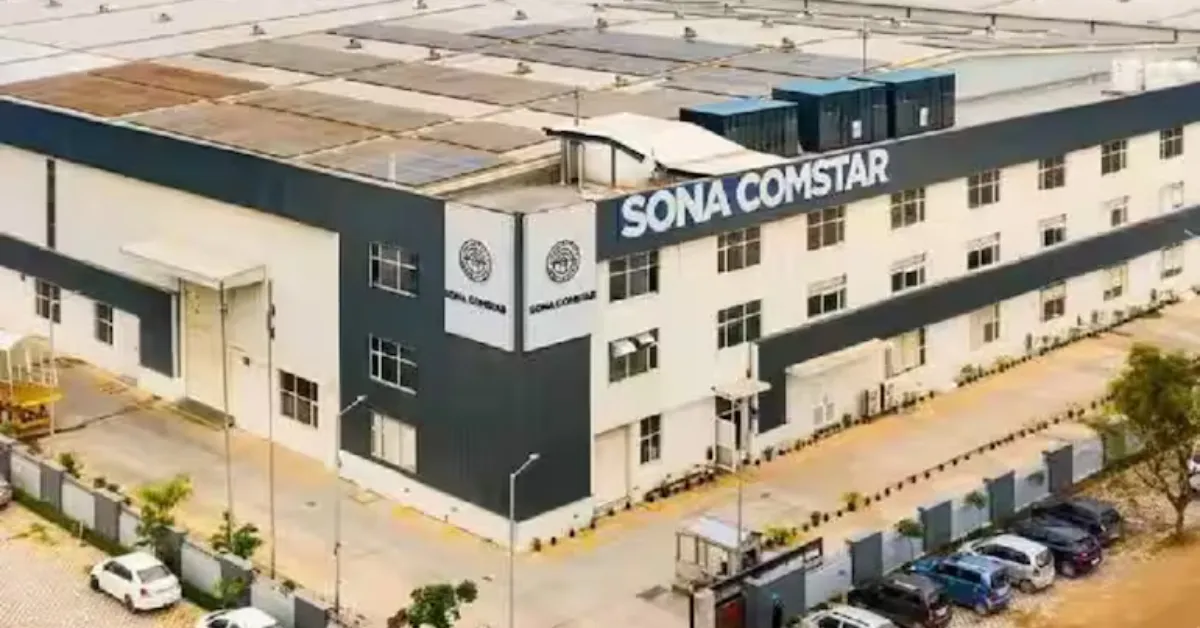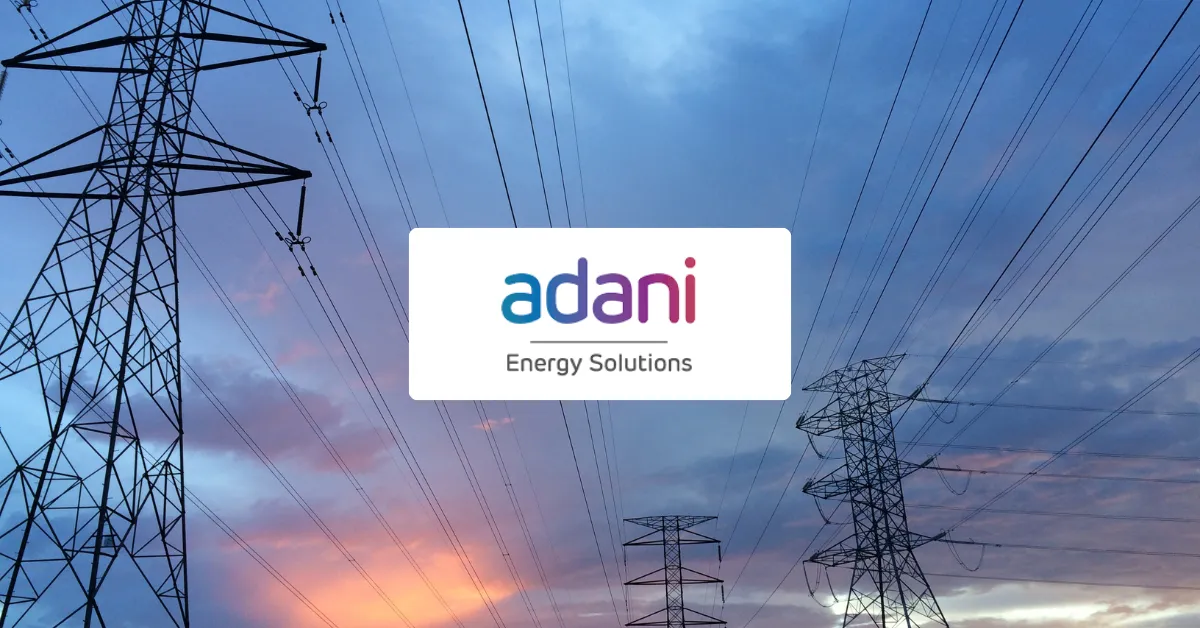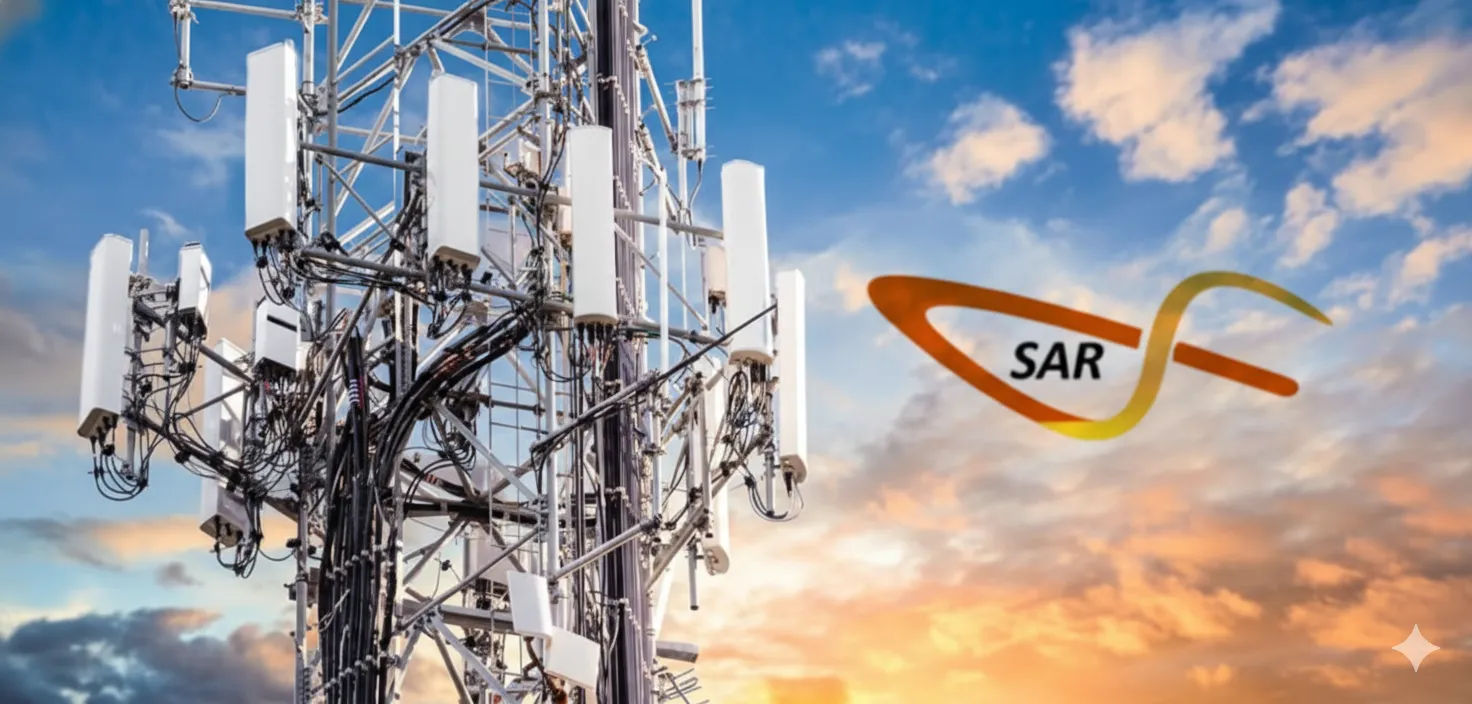Indian Oil Corporation Ltd. (IOC), India’s largest oil refining and marketing company, delivered exceptionally strong financial results for the second quarter of FY2026 (July–September 2025), marking a remarkable turnaround in profitability and enhanced operational efficiency.
The results, announced on October 27, 2025, were driven by robust refining margins, steady fuel demand, and government compensation for LPG under-recoveries, leading to one of IOC’s strongest quarterly performances in recent years.
In this article, we’ll break down Indian Oil’s Q2 FY2026 results, highlighting its key financial metrics, refining and marketing performance, and management’s outlook on energy demand and margins.
Key Financial Highlights
| Metric | Q2 FY26 | Q2 FY25 | YoY Growth |
|---|---|---|---|
| Revenue from Operations | ₹2,02,992.34 crore | ₹1,95,148.94 crore | +4.0% |
| Net Profit (PAT) | ₹7,610.45 crore | ₹180.01 crore | +4,127% |
| EBITDA (Est.) | ₹13,500 crore | ₹5,200 crore | +160% |
| Basic EPS | ₹5.53 | ₹0.13 | +4,154% |
Highlights:
- Massive turnaround in profitability due to stronger refining margins and government LPG compensation.
- Revenue growth of 4% YoY, driven by resilient demand and higher throughput.
- Gross Refining Margin (GRM) averaged $6.32 per barrel, indicating solid operational efficiency.
Management Commentary
IOC’s management attributed the stellar performance to operational discipline, cost optimization, and government support under the LPG subsidy scheme.
“Q2 FY26 reflects the strength of our integrated business model. Improved refining economics and steady product sales, along with LPG compensation support, have enabled us to deliver strong results despite global volatility,” said the IOC Chairman in a post-results statement.
The company expects refining and retail margins to remain steady in H2 FY26, supported by domestic consumption recovery and strategic crude sourcing.
Segment Performance
1. Refining Business
- Major contributor to the profit surge, benefiting from higher GRMs and efficient refinery utilization.
- Total throughput improved, supported by stable crude prices and higher demand for petroleum products.
2. Marketing and Retail
- Domestic fuel demand stayed robust, especially for diesel and jet fuel, as industrial and travel activities remained strong.
- IOC maintained its market leadership in petrol and diesel retailing, supported by digital and automation initiatives.
3. LPG and Petrochemicals
- LPG segment performance improved significantly due to ₹14,486 crore compensation for under-recoveries, to be disbursed in instalments from November 2025.
- Petrochemical operations stabilized, aided by better feedstock availability and improved margins.
Balance Sheet and Liquidity
| Particulars | Sept 2025 (₹ crore) | Mar 2025 (₹ crore) |
|---|---|---|
| Equity Capital | 13,772 | 13,772 |
| Reserves | 1,72,716 | 1,69,645 |
| Total Assets | 5,06,867 | 4,82,362 |
| Non-Current Liabilities | 85,228 | 77,795 |
| Current Liabilities | 2,30,614 | 2,16,404 |
Key Takeaway: IOC’s reserves strengthened to ₹1,72,716 crore, reflecting healthy earnings retention. The balance sheet remains robust and well-capitalized, with manageable leverage supported by government assistance.
Market Reaction
Following the results announcement, IOC shares gained over 3%, closing at ₹155.15 on October 27, 2025. Investors reacted positively to the profit surge and policy-driven earnings revival, with analysts revising short-term EPS estimates upward.
Peer Comparison
Compared with peers BPCL and HPCL, IOC outperformed in terms of profit growth and operational efficiency.
While private refiners benefited from export margins, IOC’s advantage came from its large-scale domestic operations and LPG support package, which bolstered bottom-line growth.
Future Outlook
The outlook for IOC remains optimistic:
- Domestic fuel consumption is projected to grow 5–6% in FY26, aiding marketing margins.
- Continued refinery upgrades and pipeline expansions will enhance efficiency.
- Government policy stability around fuel pricing and compensation mechanisms ensures predictable cash flows.
- Analysts expect EBITDA growth of 20–25% YoY for FY26, barring crude price shocks.
FAQs
Q1. What was IOC’s net profit in Q2 FY26?
IOC reported a net profit of ₹7,610.45 crore, a sharp increase from ₹180.01 crore in Q2 FY25.
Q2. Did IOC beat market expectations?
Yes. IOC’s profit and EPS beat analyst expectations by a wide margin, driven by higher GRMs and LPG subsidy inflows.
Q3. How did IOC’s margins perform in this quarter?
Average GRM was $6.32 per barrel, significantly higher than last year, supporting strong operating margins.
Q4. What factors supported IOC’s performance?
Improved refining spreads, strong domestic demand, cost control, and government compensation for LPG losses were the key contributors.
Conclusion
Indian Oil Corporation’s Q2 FY26 results mark a powerful rebound in profitability, driven by operational excellence, refining margin recovery, and policy tailwinds. The company’s strong balance sheet, expanding reserves, and stable outlook make it a resilient performer in India’s energy sector.
As India’s largest fuel retailer and refiner, IOC continues to play a pivotal role in supporting the nation’s energy security and transitioning towards cleaner fuels.
Sources: IOC Investor Relations.
